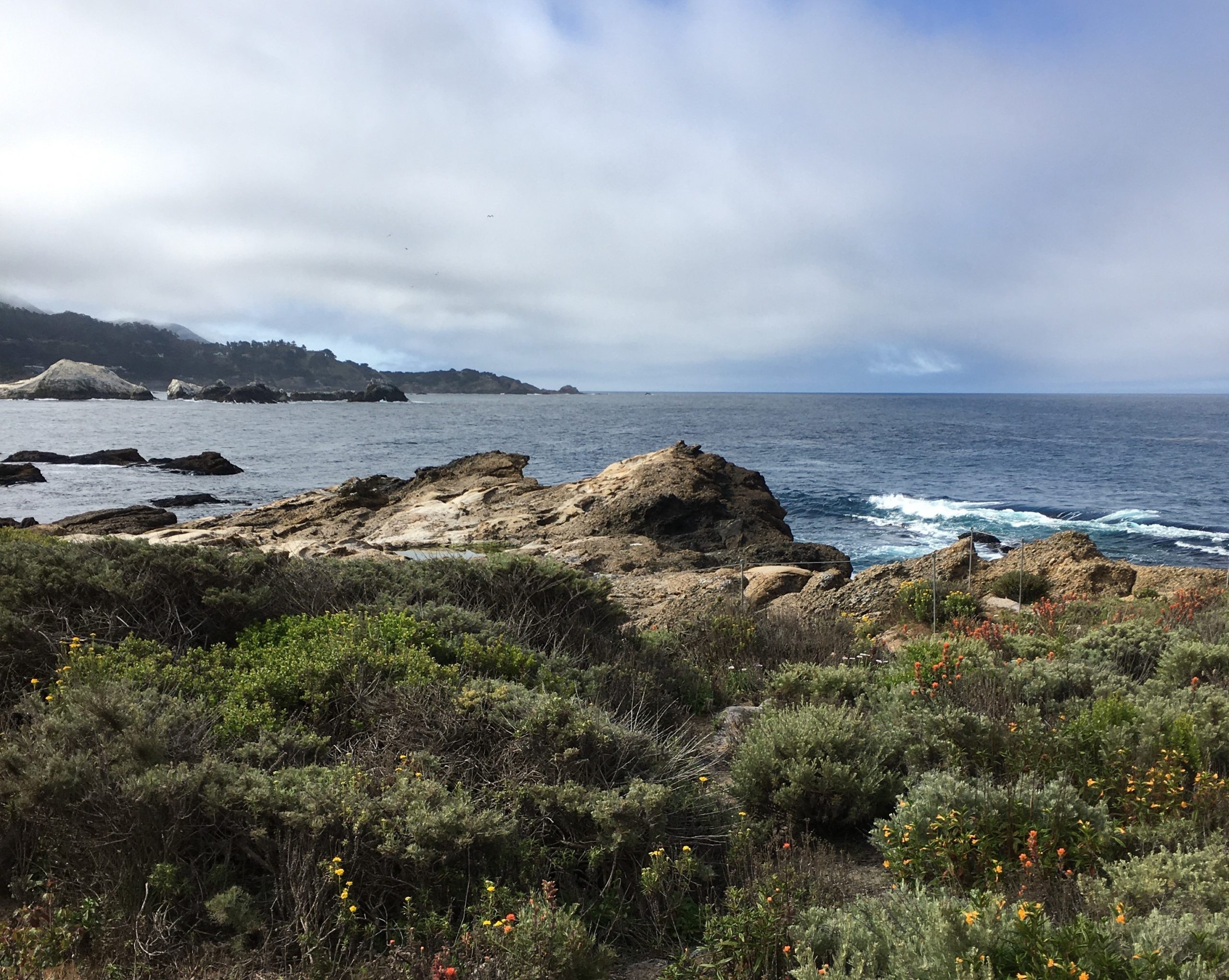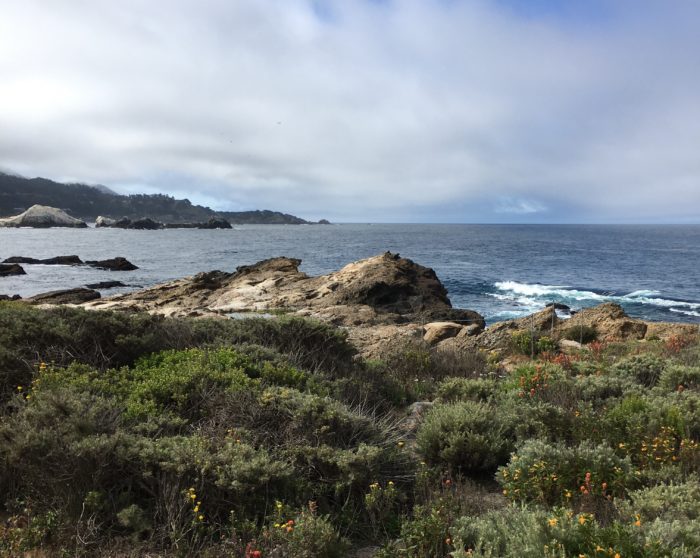
Sanctuary 30th Anniversary Series – Blog #7 “Finding sanctuary: Monterey Bay becomes ocean policy model” by Sam Farr
In my last column, I discussed the effort to create Monterey Bay National Marine Sanctuary, and the work undertaken to strengthen ocean governance. Following the Year of the Oceans in 1998, a lot of attention was placed on developing stronger ocean management recommendations. The Pew Charitable Trust established a nonprofit commission to recommend management tools.
Locally, Leon Panetta and Julie Packard were appointed along with former Republican New Jersey Governor and later EPA Administrator Christine Todd Whitman. At the same time, I authored a joint resolution creating a federal commission to get the support of Congress and the White House.
It passed and subsequently President George W. Bush appointed the commission. He placed a Texas oil executive on the commission along with retired Admiral James Watkins who had been Chief Naval Officer of the Navy and in his father’s, President George H.W. Bush’s, cabinet.
Both commissions made strong recommendations and submitted their reports about the same time. I put them in a bill to establish a National Policy for Ocean Management. We called it “Oceans 21.” The goal for all federal agencies examining their jurisdiction was to “Do No Harm” to the ocean. Despite the bill having several prominent Republican co-sponsors, the Republican-controlled House wouldn’t give the bill a hearing. Even with Watkins’s yearlong effort to get Congress and the White House to pay attention to the work of both important commissions. No luck.
However, all was not lost. Subsequently, President Obama’s administration seized my work and created a White House Committee on developing recommendations to implement the goal of Due No Harm to the Oceans. He appointed the Director of the EPA Lisa Jackson, to chair the committee. The work lasted for two years and included every federal agency that had some role in the oceans, including the Department of Defense. President Obama implemented every adopted recommendation by executive order. The following year Trump was elected and repealed all that hard work.
Had my bill titled “Oceans 21” passed, statutory law would have prevailed. It would have taken Congressional act to repeal the law. Now, the responsibility for creating ocean policy falls on state and local governments. Fortunately, we live in a state that takes the health of our ocean seriously, so not all is lost. Monterey Bay regional politics and advocacy will continue to lead future state and federal policy. I am sure that future global warming legislation will incorporate much of the good work of the Obama administration. I hope so.
A leader in ocean protection and research
Our Monterey Bay has always played a major role in California’s economic and political leadership. Today, the Monterey Bay Crescent is arguably California’s center for marine research. We’ve gone from the marine ‘takings’ center to a marine preservation standout. Now more money is made from watching whales, than from killing them. Sea otters are not as endangered as they once were. Watchable wildlife sustains more jobs than harvesting wildlife. Thanks to the Packard family, through its Monterey Bay Aquarium (one of California’s top attractions) and its deep ocean research arm, the Monterey Bay Aquarium Research Institute (MBARI), we have elevated Monterey Bay marine science to new popular levels.
This region is demonstrating that the economic value of sustainable aesthetics is long-lasting. We have learned what can be done with vision and strong, mobilized political support. Our more recent effort in creating the Monterey Bay National Marine Sanctuary Foundation to support our sanctuary is a further indication of our community’s continued statement of values.
Thanks to all of you, who understand that in this country “all politics is local.” We have shown that degraded areas of the world can recover and that quality of life can be improved through sustainable development. We on the Central Coast don’t sit in despair, we stand up and “just do it.”

Sam Farr is a member of the Monterey Bay National Marine Sanctuary Foundation Board of Directors. He served on the Monterey County Board of Supervisors, the California State Assembly, and represented the central California Coast in the US House of Representatives. He also served as a Peace Corps volunteer in Colombia as a young man. He lives in Carmel with his wife, Shary. For more on the sanctuary’s 30th anniversary, go to montereybayfoundation.org.
About this series
Monterey Bay National Marine Sanctuary celebrates its 30th anniversary this fall, and the national sanctuary system celebrates its 50th. For the next 12 weeks, the Sentinel will publish columns by former U.S. Secretary of Defense Leon Panetta, along with Sam Farr, Dan Haifley, Fred Keeley, and Sanctuary Superintendent Dr. Lisa Wooninck. All of these contributors serve on the board of Monterey Bay National Marine Sanctuary Foundation and were involved with the Sanctuary’s designation.

